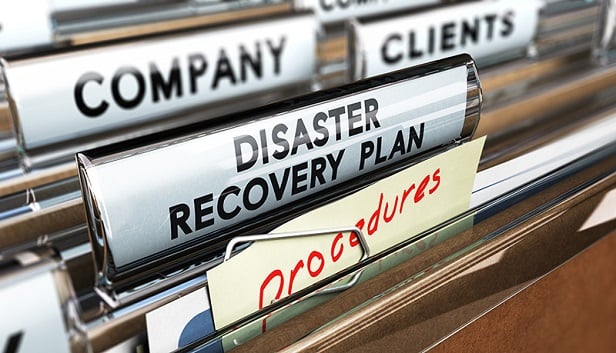
Today, New York Financial Services Superintendent Maria T. Vullo announced that the Department of Financial Services (DFS) has issued updated disaster response and recovery plan requirements for all insurance companies licensed to conduct business in New York State.
These requirements were first issued last year, and today, insurers were notified of their updated requirements via two circular letters, one for property and casualty insurers, and a second for life and health insurers.
Recommended For You
Want to continue reading?
Become a Free PropertyCasualty360 Digital Reader
Your access to unlimited PropertyCasualty360 content isn’t changing.
Once you are an ALM digital member, you’ll receive:
- Breaking insurance news and analysis, on-site and via our newsletters and custom alerts
- Weekly Insurance Speak podcast featuring exclusive interviews with industry leaders
- Educational webcasts, white papers, and ebooks from industry thought leaders
- Critical converage of the employee benefits and financial advisory markets on our other ALM sites, BenefitsPRO and ThinkAdvisor
Already have an account? Sign In Now
© 2025 ALM Global, LLC, All Rights Reserved. Request academic re-use from www.copyright.com. All other uses, submit a request to [email protected]. For more information visit Asset & Logo Licensing.








